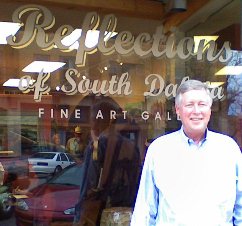Today we have the eighth article of our series in which we ask current and retired leaders in the wildland fire service to answer 12 questions.
We appreciate everyone who is cooperating with this project. Some of their responses may add to the knowledge base of our new firefighters coming up through the ranks. If you have a suggestion of someone who would be a good candidate for these questions, drop us a line through our Contact Us page. And their contact information would be appreciated.
Below we hear from Jim Stumpf. In 1975 Jim was a Type 1 Incident Commander on the Pacoima fire on the Angeles National Forest, the first fire that was run under the Firescope system, which evolved into the Incident Command System. Later he was an Area Commander. When he retired from the federal government he was with the Bureau of Land Management’s National Fire Program and Budget Office.
****

When you think of an excellent leader in the fire service, who comes to mind first?
- Dick Montague provided guidance when I worked for him on the Angeles National Forest and with his support and direction he was one of the first to lead the way for the development of Firescope (Incident Command System).
- Dick Millar- Provided Regional and National leadership, support and encouragement to many upcoming fire personnel (including myself).
What is one piece of advice you would give to someone before their first assignment as an Incident Commander?
Know your job and allow your staff to do their jobs. Insist on accountability from your staffs.
If someone is planning a prescribed fire, what is one thing that you hope they will pay particular attention to?
The written prescription and the guidance in that prescription.
One of the more common errors in judgment you have seen on fires?
Ignoring the obvious in the basics.
One thing that you know now that you wish you had known early in your career?
How rewarding the job could be.
The stupidest mistake you have seen on a fire?
Backfiring the wrong side of the line.
Your most memorable fire?
Every one of them.
The funniest thing you have seen on a fire?
Snow
The first very large fire you were on?
Think it was the Monkey Fire on the San Bernardino NF.
Your favorite book about fire or firefighting?
Young Men and Fire
The first job you had within the fire service?
Firefighter on the Del Rosa Hot Shots.
What gadgets, electronic or otherwise, can’t you live without?
Lap top and cork screw.










